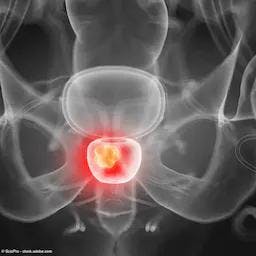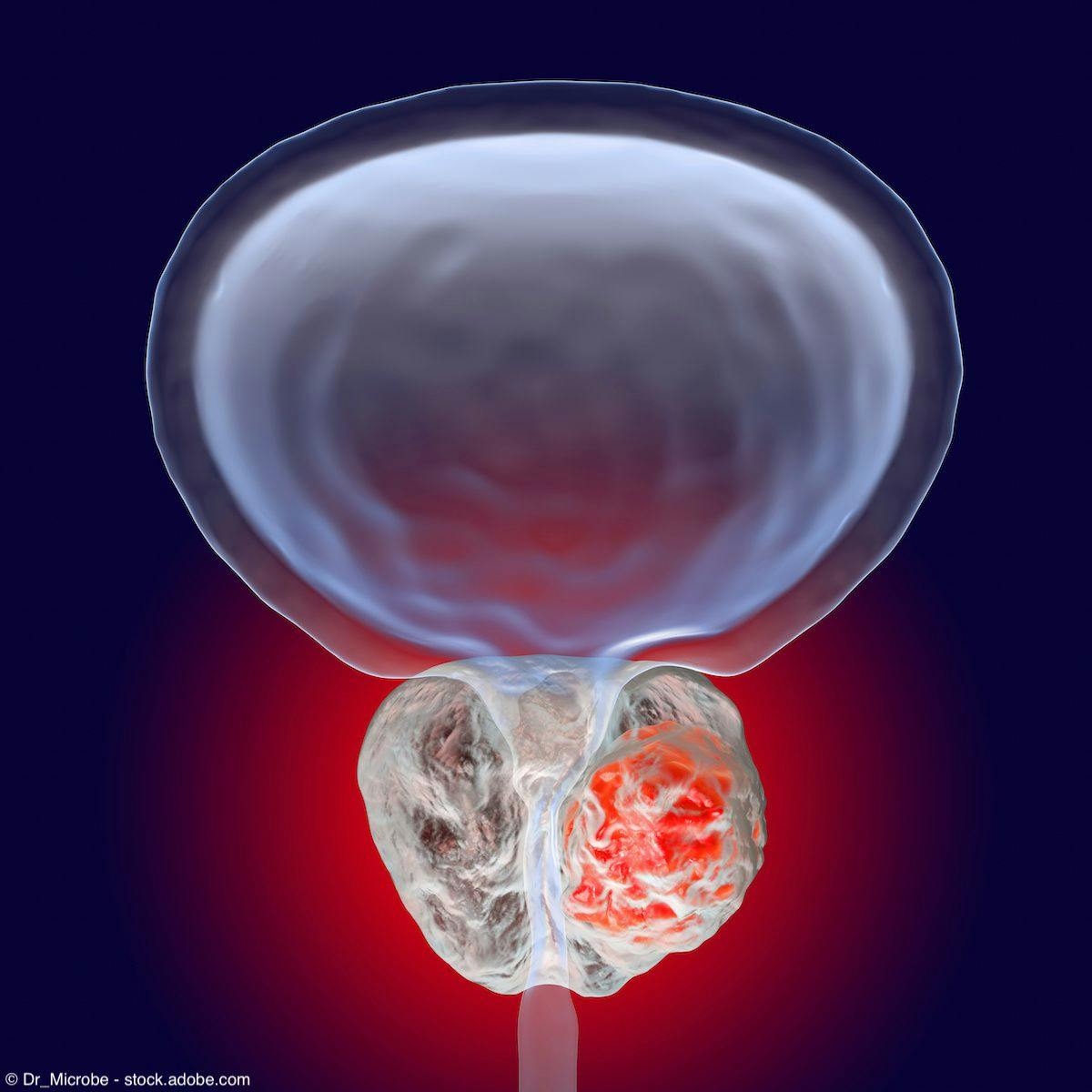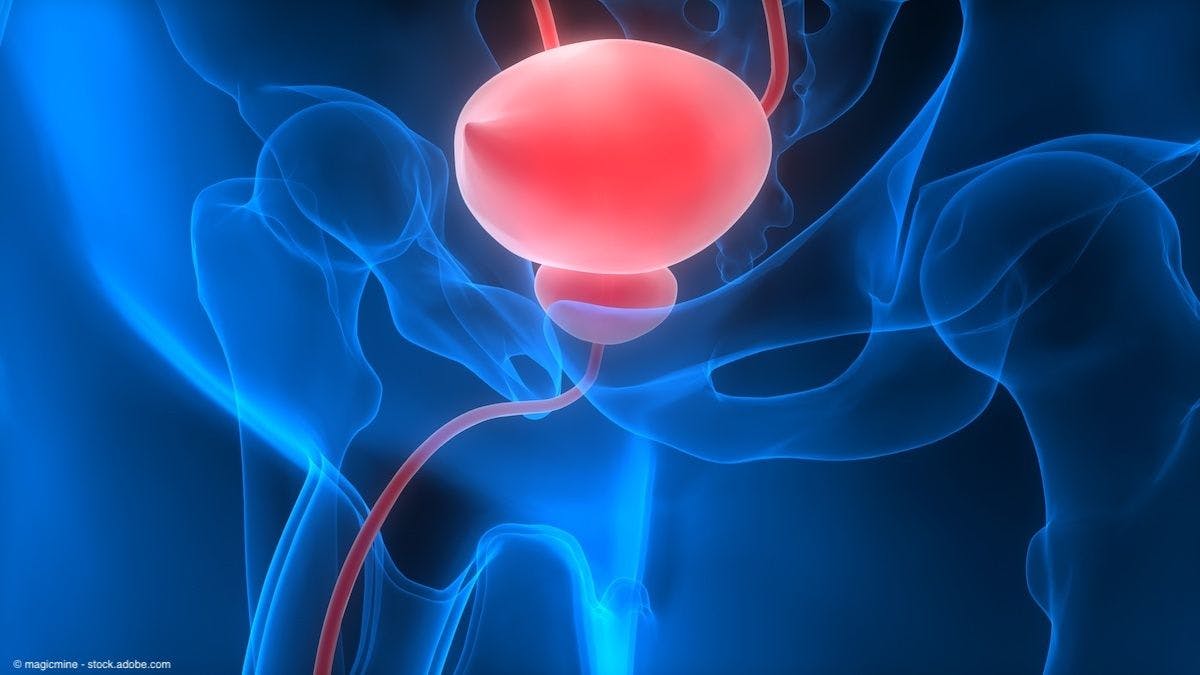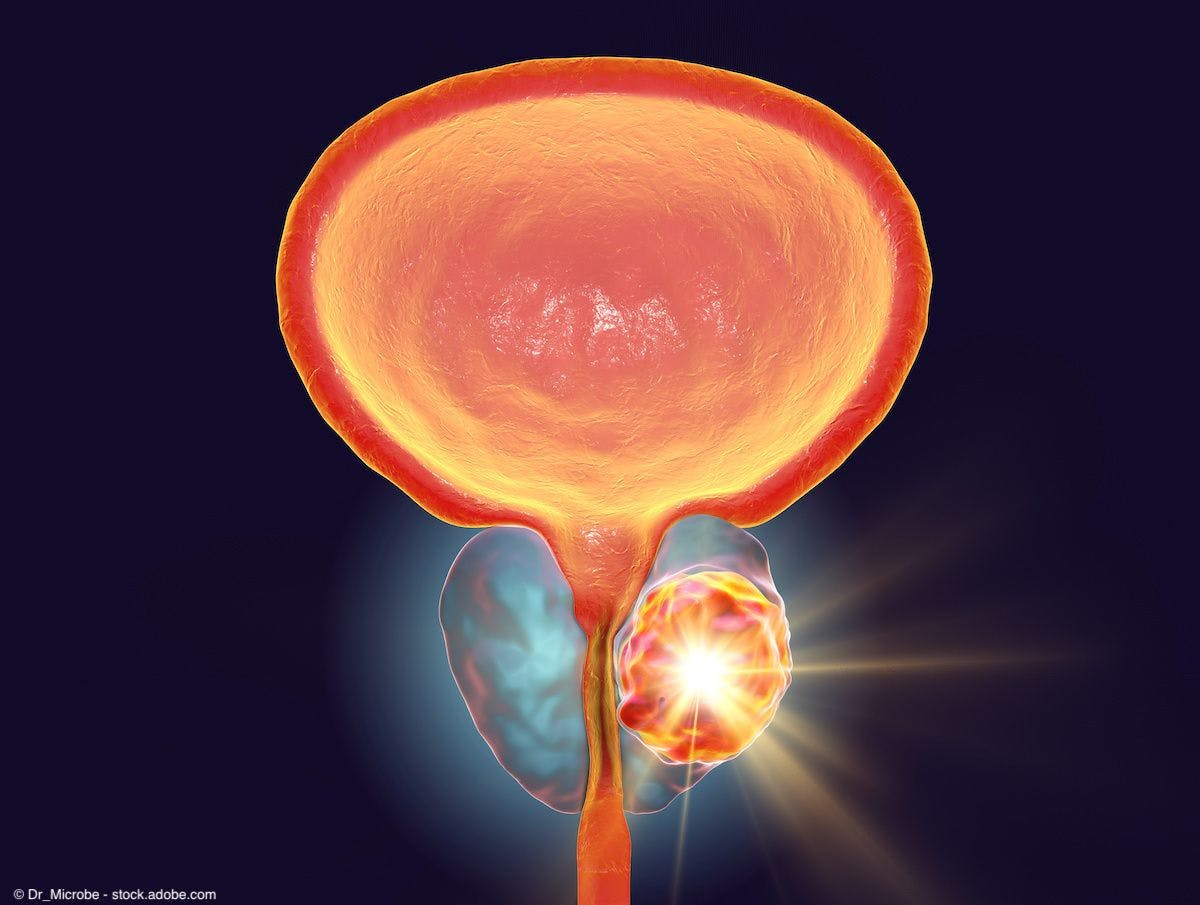Commentary
Article
Urology Times Journal
Expert compares abiraterone formulations for mCRPC for efficacy, safety
Author(s):
"I think the micronized formulation is something to think about," says Gautam Jayram, MD.
Urology Times’ Evolving Paradigms Roundtable programs feature expert-led peer discussion of key topics in urology. A recent roundtable involved discussion surrounding management considerations and treatment selection for special populations with metastatic castration-resistant prostate cancer (mCRPC). In an excerpt from this program, moderator Gautam Jayram, MD, discusses the 2 formulations for the prostate cancer treatment abiraterone (abi) acetate (Zytiga and Yonsa). Jayram is a urologist with Urology Associates PC in Nashville, Tennessee.
The following transcription was AI generated and edited for length and clarity.
Gautam Jayram, MD

Jayram: One of the things that…is interesting, and this is something that a lot of people I don’t think realize, is that abi has 2 formulations. There’s your traditional abi 1000 mg daily with prednisone, and then there’s micronized abi. It’s a small-particle abiraterone; the trade name is Yonsa. It’s given with methylprednisolone, which is a little bit of a stronger steroid than prednisone.... I don’t know if you folks talk about this a lot with your patients. Our pharmacists definitely do, and I…have started a little bit, but abi is meant to be taken on an empty stomach because if you take it on a full stomach, you can really supercharge the absorption of the abiraterone. The label says to take it an hour before you eat or 2 hours after you eat, and that can be problematic for patients who maybe don’t pay attention. [Perhaps] they’ve got 20 medications; maybe they have weird eating habits. Yonsa actually bypasses all of that because it’s micronized particles, and it doesn’t matter at all how you take it. So I think that’s an important thing that maybe some people don’t realize…[there are 2] abiraterone formulations.
[I want to talk more about] this concept of the micronized formulation of abi. [There was] a seminal study, [whose data helped get] Yonsa approved, where [the investigators]…proved that the fine-particle abi is basically equivalent to traditional oral abi.1 They treated patients with both, and they compared their T levels after 7 weeks, and they found that they were the same. So if you [took] Yonsa vs oral abi, they found that you have the same drop in your T levels, which, as we know, is a really good surrogate for efficacy in these drugs. And then you see the same PSA50 [prostate-specific antigen reduction of 50%] response...it’s very, very similar.... We have so [many] robust data with abi; there are so [many] data that show how great of a drug abi is.... If you’re going to consider putting people on micronized abi, it’s clear that it’s a very similar drug.
[Regarding safety,]...this was surprising to me. Musculoskeletal and connective tissue disorders were less frequent, almost by a factor of 3 [in patients receiving micronized abi], so quite a bit less musculoskeletal pain. It seems [that] this group doesn’t have a ton of musculoskeletal pain, so I don’t want to beat a dead horse. I see this a decent amount, especially in my younger patients.... They complain about this. It may not be…really severe, but they complain about this.... So I think the micronized formulation is something to think about. Equivalency studies [were conducted] to [evaluate before] chemo[therapy] and post chemo[therapy whether] we [would] see similar data to the original abi. And [the findings] have shown that. So the efficacy is there; I think the safety is better. The micronized abi…is something that should be considered…. Is there value in having it in your [in-office
dispensary]? Is there value in offering it to patients? I think if everything were equal and access were equal, it would probably be the preferred abiraterone.
REFERENCE
1. Stein CA, Levin R, Given R, et al. Randomized phase 2 therapeutic equivalence study of abiraterone acetate fine particle formulation vs. originator abiraterone acetate in patients with metastatic castration-resistant prostate cancer: the STAAR study. Urol Oncol. 2018;36(2):81.e9-81.e16. doi:10.1016/j.urolonc.2017.10.018

































